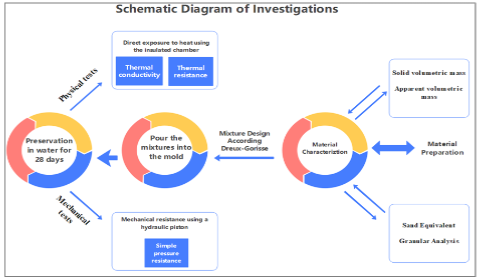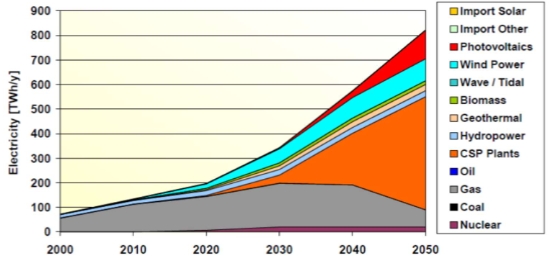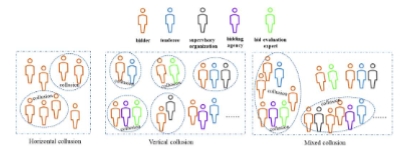Dynamic vibration control of non-linear buildings using multiple tuned mass dampers
Abstract
In the field of civil engineering, tuned mass dampers (TMDs) serve as passive devices designed for dynamic vibration control of structures. When dealing with buildings exhibiting nonlinear behavior under dynamic loads, the effectiveness of TMDs may be affected by detuning due to the degradation of the building’s strength. Therefore, addressing the non-linear behavior requires a unique strategy involving the tuning of TMDs to specific time periods following the onset of non-linearity. The proposed approach in this study entails a pushover analysis to establish the pushover capacity curve. The regions between the origin and a target drift of 1/150 are then represented using an idealized trilinear form, with the initial segment corresponding to linearity and subsequent segments capturing non-linear behavior. The second segment spans from the onset of non-linearity to a target drift of 1/400, and the third segment covers the drift range from 1/400 to 1/150. Examining this strategy involves calculating time periods for each segment. Subsequently, three single TMD (STMD) scenarios and one multiple TMD (MTMD) scenario with 3 TMDs, each tuned to time periods corresponding to specific segments of the idealized trilinear, are compared in this study. The evaluation includes non-linear dynamic analysis of 7-story and 25-story reinforced concrete buildings equipped with these TMD scenarios. The floor maximum displacement and peak acceleration results indicate that the STMDs tuned to the time periods corresponding to the non-linear segments exhibit robustness, surpassing the performance of the STMD tuned to the fundamental period. Remarkably, the MTMD scenario demonstrates superior robustness compared to all three STMD scenarios. Further analysis under wind load on the same 25-story building confirms the effectiveness of the MTMDs and STMD tuned to the nonlinearity segment compared to the STMD tuned to the fundamental period. This research provides valuable insights into TMD design for enhanced building performance under non-linear conditions.
References
[1]Boccamazzo A, Carboni B, Quaranta G, et al. Seismic effectiveness of hysteretic tuned mass dampers for inelastic structures. Engineering Structures 2020; 216: 110591. doi: 10.1016/j.engstruct.2020.110591
[2]Huang H, Mosalam KM, Chang WS. Adaptive tuned mass damper with shape memory alloy for seismic application. Engineering Structures 2020; 223: 111171. doi: 10.1016/j.engstruct.2020.111171
[3]Lu Z, Chen X, Zhang D, et al. Experimental and analytical study on the performance of particle tuned mass dampers under seismic excitation. Earthquake Engineering & Structural Dynamics 2016; 46(5): 697–714. doi: 10.1002/eqe.2826
[4]Elias S, Matsagar V. Seismic vulnerability of a non-linear building with distributed multiple tuned vibration absorbers. Structure and Infrastructure Engineering 2019; 15(8): 1103–1118. doi: 10.1080/15732479.2019.1602149
[5]Domizio M, Garrido H, Ambrosini D. Single and multiple TMD optimization to control seismic response of nonlinear structures. Engineering Structures 2022; 252: 113667. doi: 10.1016/j.engstruct.2021.113667
[6]Mohebbi M, Joghataie A. Designing optimal tuned mass dampers for nonlinear frames by distributed genetic algorithms. The Structural Design of Tall and Special Buildings 2011; 21(1): 57–76. doi: 10.1002/tal.702
[7]Shamsaddinlou A, Shirgir S, Hadidi A, et al. An efficient reliability-based design of TMD & MTMD in nonlinear structures under uncertainty. Structures 2023; 51: 258–274. doi: 10.1016/j.istruc.2023.03.053
[8]Sgobba S, Marano GC. Optimum design of linear tuned mass dampers for structures with nonlinear behaviour. Mechanical Systems and Signal Processing 2010; 24(6): 1739–1755. doi: 10.1016/j.ymssp.2010.01.009
[9]Roozbahan M, Jahani E. Optimal design of elastic and elastoplastic tuned mass dampers using the Mouth Brooding Fish algorithm for linear and nonlinear structures. Structures 2022; 43: 1084–1090. doi: 10.1016/j.istruc.2022.07.037
[10]Structural Earthquake Response Analysis Software, STERA-3D Version 11.4. Available online: http://www.rc.ace.tut.ac.jp/saito/software-e.html (accessed on 22 December 2023).
[11]Saito T. STERA-3D Technical Manual. Version 7.2. TUT; 2002.
[12]Tsai H, Lin G. Optimum tuned-mass dampers for minimizing steady-state response of support-excited and damped systems. Earthquake Engineering & Structural Dynamics 1993; 22(11): 957–973. doi: 10.1002/eqe.4290221104
[13]Conner JJ. Introduction to Structural Motion Control. Pearson Education, Inc; 2003. pp. 217–285.
[14]Global component of the center for engineering strong motion data. Strong-motion virtual data center. Available online: https://www.strongmotioncenter.org/vdc/scripts/search.plx (accessed on 22 December 2023).
[15]National center for environmental information. NOAA. Available online: https://www.ngdc.noaa.gov/hazel/view/hazards/earthquake/search (accessed on 22 December 2023).
[16]ViewWave Software Version 2.2.6. Kashima’s Office. Available online: https://smo.kenken.go.jp/~kashima/viewwave/download (accessed on 22 December 2023).
[17]NatHaz on-line wind simulator (NOWS). Available online: http://windsim.ce.nd.edu/gew_init2.html (accessed on 22 December 2023).
[18]Banerjee S, Ghosh AD, Matsagar VA. Optimum design of nonlinear tuned mass damper for dynamic response control under earthquake and wind excitation. Struct Control Heal Monit 2022; 29(7). doi: 10.1002/stc.2960
Copyright (c) 2023 Hashim Ataie, Taiki Saito

This work is licensed under a Creative Commons Attribution 4.0 International License.












